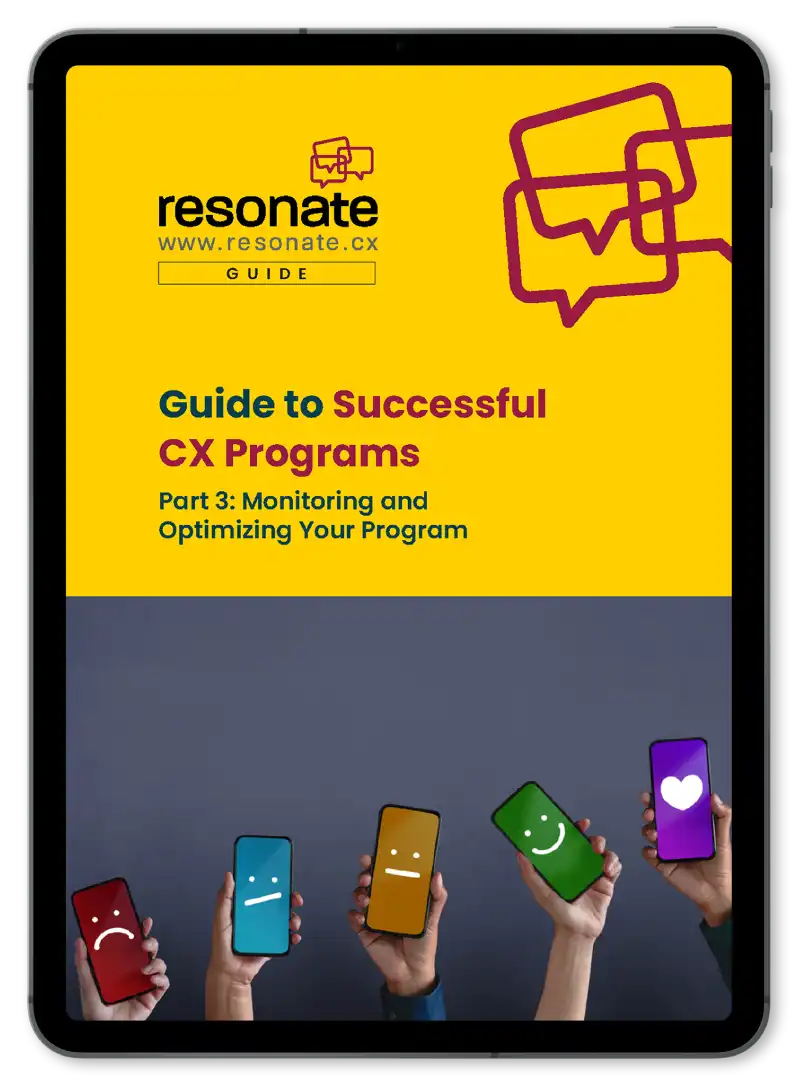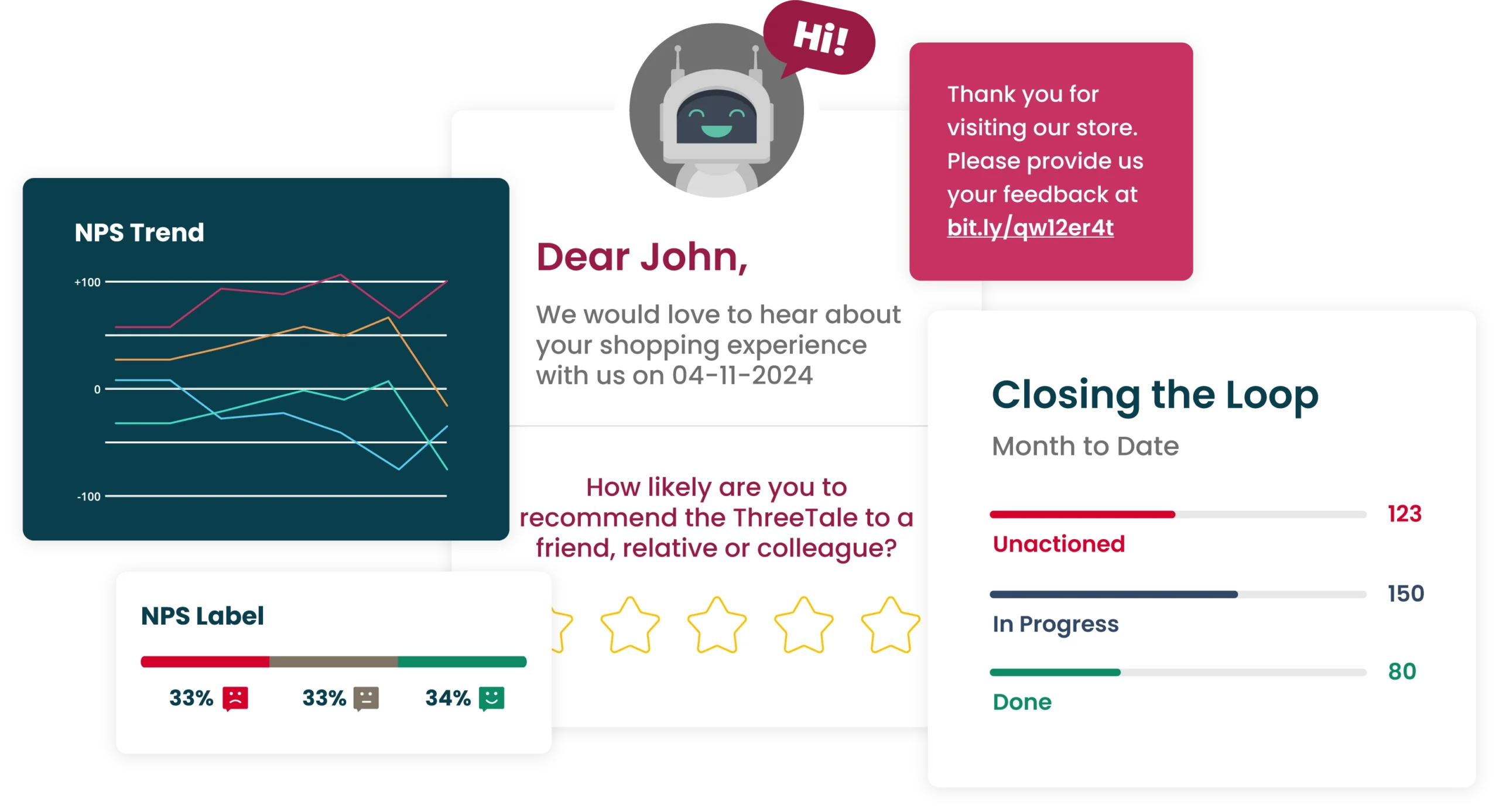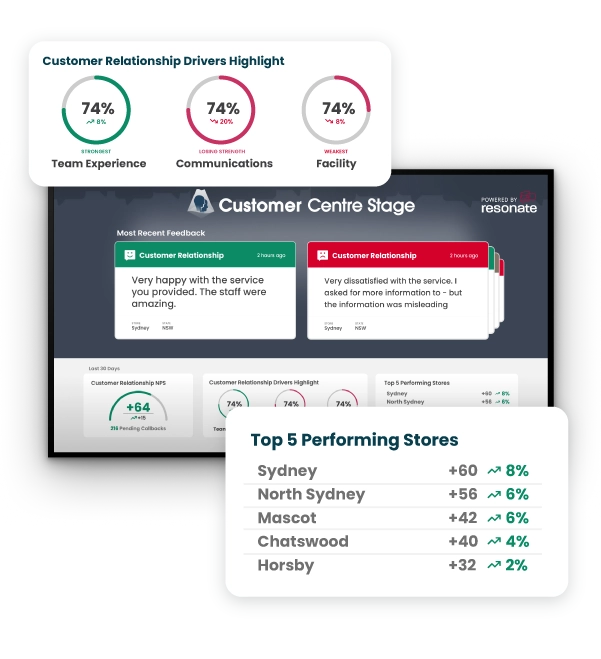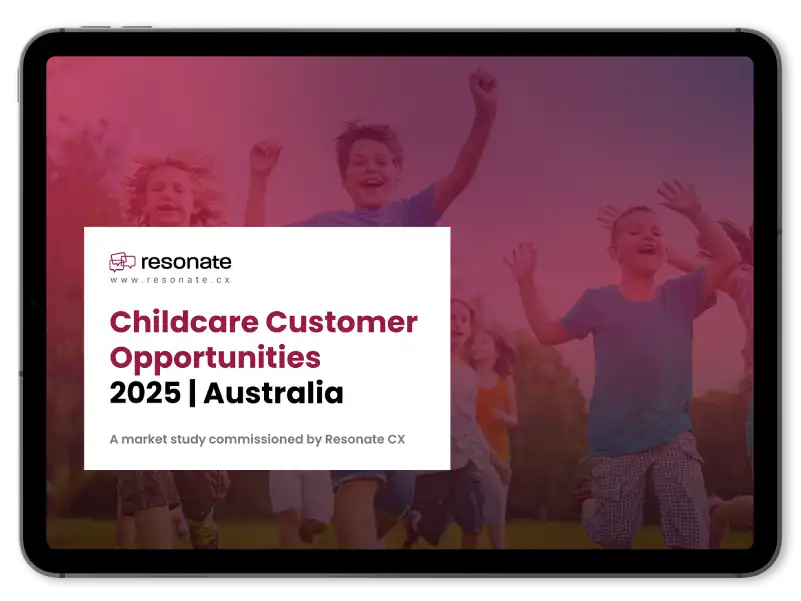In our previous blog, we explored the building blocks of launching a CX programme and getting your Voice of the Customer (VoC) initiative off the ground. And now that your VoC programme is up and running, you’re one step closer to unlocking the incredible potential of customer feedback. This is where the magic really starts to happen!
The next chapter in your journey is all about monitoring and optimising your programme so your organisation’s customer experience (CX) evolves and improves over time. Think of it as the exciting part where insights turn into action and small tweaks lead to visible wins.
Improving the customer experience isn’t always so straightforward. CX optimisation programmes need to be customised to the organisation and they can face initial teething challenges, whether it’s understanding respondent behaviour or rethinking how data is viewed internally.
Ultimately, solving these problems requires going back to the fundamentals of CX and building a practical, scalable strategy for learning customer sentiment. As your organisation grows, an AI-assisted Voice of the Customer (VoC) Program that’s guided by measurable frameworks like the Net Promoter Score (NPS®) will be needed to ensure that the data you gather can be immediately leveraged into positive impressions.

In this guide, you’ll learn:
How to Monitor & Optimise Your CX Programs
3 Potential Challenges in Your VOC Programme
All CX programmes come with their own set of unique challenges. But with the right mindset and tools, these are simply stepping stones to creating a CX programme that truly shines. But first, let us identify these common challenges:
1. Resistance to the Programme
In most settings, your programme is bound to come across some resistance from staff and other stakeholders. Thankfully, while resistance is often inevitable, it can always be addressed and eventually mitigated.
There will always be a handful who resist change, but for the most part, when an organisation is committed to creating a culture of customer-centricity, those employees who want to share in the journey will respond positively with a sense of increased engagement.
On the other hand, a poorly implemented CX programme can backfire, causing disengagement and exacerbating existing issues. This is especially true when NPS is treated as just another KPI rather than a tool for meaningful improvement, sending the wrong message to employees. Since customer-facing staff have the greatest influence on CX, misusing NPS in this way can undermine engagement and degrade the customer experience.
2. Potential Survey Manipulation
If NPS surveys are manually triggered, employees might avoid sending surveys to unhappy customers, skewing the results. If employee performance scores and bonuses are tied to NPS survey results, your business may create perverse incentives that further degrade the data.

To fix this, automated survey processes triggered by transactions must be implemented whenever possible. This ensures all customers have an equal opportunity to provide feedback, maintaining the integrity of the data and the fairness of employee incentives.
3. Inertia
Even the best surveys will frustrate customers if you don’t act on the data. After all, it takes customers time to answer surveys and you’re essentially wasting this valuable resource by acting too slowly.
Though customers can’t always be expected to see the wider context where your business operates, most will still expect their input to lead to tangible changes or at least some response. Offering immediate action like a prompt callback from a store manager or posting a head office statement about initiatives resulting from the surveys are good ways of closing the feedback loop, ensuring customers feel heard and are more inclined to participate in future surveys.
Strategies for Mitigating Your VOC Programme Challenges
Addressing your VoC programme’s challenges requires a thorough evaluation of every aspect of your process. You must examine anything that directly impacts the effectiveness of your initiative. You can mitigate the most common VoC challenges by doing the following:
1. Overcoming Resistance to the Programme
Resistance to VoC programmes often stems from fear of change, a lack of understanding of what the new CX initiatives deliver, and skepticism about their effectiveness. Consider these approaches to address resistance at your business:
- Secure Leadership Buy-In: In an article titled Ten Keys to a Successful Voice of the Customer Program, the Customer Experience Professionals Association reminds us that success starts at the top of the house. Organisational change starts with leadership. When senior leaders actively champion customer-centricity, employees will eventually follow. Reinforcing CX as a core value will ultimately be more sustainable than surface-level mandates that only line employees must follow.
- Communicate the ‘Why’ Clearly: Advocates must explain how the programme benefits both customers and employees. Streamlined workflows, improved job satisfaction, and increased business success are some benefits that can be used to sell the idea to employees.
- Involve Employees Early In the Programme: Staff members may become more open to change if they have a say in shaping the programme. Imposing it at short notice is almost certain to create resistance.
- Ensure NPS Is Used for Growth, Not Punishment: If employees fear repercussions for low NPS scores, they will be less engaged, stonewalling your implementation. Instead of tying NPS scores directly to performance evaluations, use it as a tool to encourage continuous improvement across the whole system.
At the same time, reinforce positive behaviour by acknowledging employees who embrace the programme. This will ultimately help improve their feelings towards it, avoiding strong resistance.
2. Preventing Survey Manipulation
Survey manipulation will almost always happen if employees are able to selectively send surveys. In an article titled How to Address Survey Manipulation by Auto Dealerships published on Quirks Media, it was highlighted how selective survey distribution can lead to skewed results, ultimately undermining the reliability of customer feedback. To ensure accurate, unbiased data collection, consider implementing the following fixes:
- Automate Survey Distribution: Implementing transaction-based automated surveys will give all customers an equal opportunity to provide feedback, reducing the potential for human bias.
- Randomise Survey Recipients: Rather than allowing employees to choose who gets surveyed, deploy a random sampling method to ensure balanced representation of customer viewpoints.
- Decouple NPS from Individual Performance Metrics: Connecting NPS to bonuses or evaluations will almost always create perverse incentives to manipulate surveys. Instead of using NPS as an individual employee performance tool, measure team-wide performance to support coaching.
- Monitor Response Distributions: Regularly analyse survey response patterns to detect anomalies such as sudden spikes in high scores without qualitative justification. This will allow you to find out if there is any serious manipulation taking place.
3. Addressing Inertia
Customers invest valuable time in filling out surveys. Failing to act on their input quickly is a breach of their trust and discourages future participation. Do these to ensure action is taken on your surveys:
- Close the Feedback Loop Quickly: The article Ten Keys to a Successful Voice of the Customer Program also emphasises the importance of addressing customer concerns in real time to maintain trust and engagement. Implement real-time alerts for critical issues to guarantee prompt follow-up actions.
- Showcase Changes Resulting from Feedback: Communicate survey-driven improvements to customers via emails, updates to store signage, or social media posts to reassure customers that their voices matter.
- Segment and Prioritise Feedback: Not all feedback requires the same urgency, and acting on everything at once can slow down your response. Set up a system to prioritise action based on recurring themes, high-impact issues, or the duration of unresolved complaints. Use a process flow within the platform where users can comment, tag, and assign tasks to the right people to quicky close the loop on specific feedback.
- Set Internal Response SLAs (Service Level Agreements): Work with all other CX stakeholders to define timelines for acknowledging, addressing, and resolving customer concerns. This may help increase accountability and response times.
Developing and Maintaining the Long-Term Vision
Sustainable CX programmes always require a long-term commitment. How this commitment should look largely depends on the culture and priorities a business has. However, most organisations can follow these guidelines to better align their CX programmes with their mission and vision:
Embed Customer-Centricity into the Company’s Values:
Explicit company values are important because they help organisation stakeholders make consistent decisions. Making customer experience a core company value empowers leaders and line employees to always put the customer first. Most importantly, it sets up a framework that rewards and incentivises those who positively contribute to the customer experience.

Set Long-Term Goals
Sustainable CX programmes are only possible when everyone has an idea of what CX success looks like. To do that, you must map the entire customer journey and continually track changes and trends. Having a constantly updated customer journey map enables the trend analysis needed for setting realistic, actionable goals.
Focus Beyond Metrics
While metrics like NPS are important, good customer experience cannot be effectively distilled into mere numbers. Leaders must avoid fixating on specific numbers on scorecards and, instead, use feedback to uncover common CX themes and drive meaningful improvements.
Conclusion
Monitoring and optimising your CX programme will require vigilance, adaptability, and, above all, a genuine commitment to your customers. Critically, knowing the challenges that you’re likely to face helps you prepare accordingly, enabling your CX investments to deliver continuous improvement.
Throughout these challenges, Resonate’s AI-assisted VoC solutions empower you to systematically capture, analyse, and quickly leverage customer feedback across all touchpoints. Contact us to learn how our platform can uplift customer experiences at your organisation.








